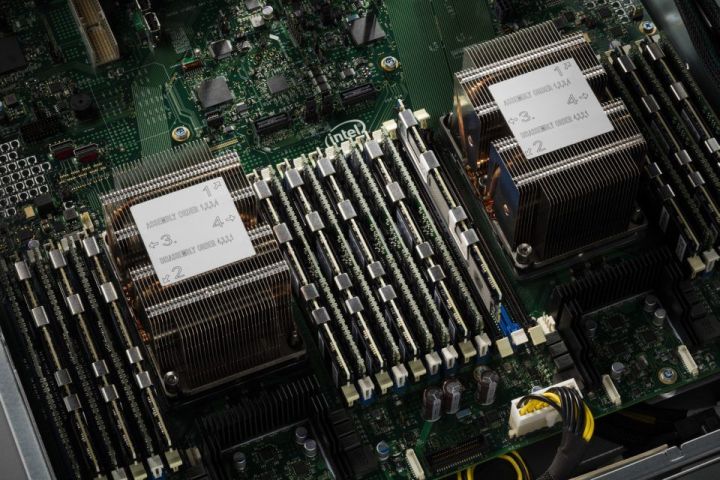
According to Mike Ferron-Jones, Intel’s director of datacenter platform technology marketing, Optane system memory sticks won’t appear until sometime in 2018. He indicated that they will be big in capacity, affordable, and persistent, meaning all information stored within these memory sticks (DIMMs) won’t disappear when the host machine is turned off as seen with standard memory in PCs.
“Intel persistent memory will allow users to improve system performance dramatically by putting more data closer to the processor on nonvolatile media, and do it in an affordable manner,” he said in a recent blog. “This will truly be a game-changer when it comes to the way applications and systems are designed.”
The typical system memory stick only stores data while the PC is turned on. It connects to a special slot on the motherboard providing a fast, direct pathway to the processor. In turn, NAND Flash is a type of memory capable of storing data even while the PC is off, but it’s nowhere as quick as traditional memory sticks. These products connect to slower ports on the motherboard via PCI Express (also used by add-in cards) and SATA (also used by hard drives).
3D XPoint bridges the two technologies while also stacking memory cells vertically so that the resulting memory devices aren’t constrained capacity-wise by physical horizontal limitations. That’s one of the big selling points with “3D” flash-based technology, as the skyscraper-like structure provides faster data access because the information is sent to and from “floors” of storage “offices” rather that across a city-wide grid of cells.
That said, 3D XPoint promises to become the next step in the evolution of memory due to its speed, storage capability, and potential capacity. But many were seemingly disappointed that Intel launched 3D XPoint in the form of Optane-branded cache sticks to increase hard drive performance instead of full-blown solid state drives and system memory sticks.
However, Intel claims that these “cache” modules improve overall system performance by up to 28 percent, and hard drive performance access up to 14 times faster than a PC without an Optane module. Connecting to the M.2 slot (2280-S1-B-M) located on a compatible PC’s motherboard, they reside between the processor and SATA-based storage devices (hard drive, SSD, and others), and speed up performance by storing commonly used data and programs. But here’s the catch: Optane products only work with Intel’s seventh-generation processors.
Ferron-Jones indicated that Optane-branded system memory sticks won’t appear until Intel releases its “Cascade Lake” Xeon processor refresh in 2018. Intel partners began testing the memory sticks earlier this year, but when these system memory sticks will hit the mainstream retail space remains unknown.


